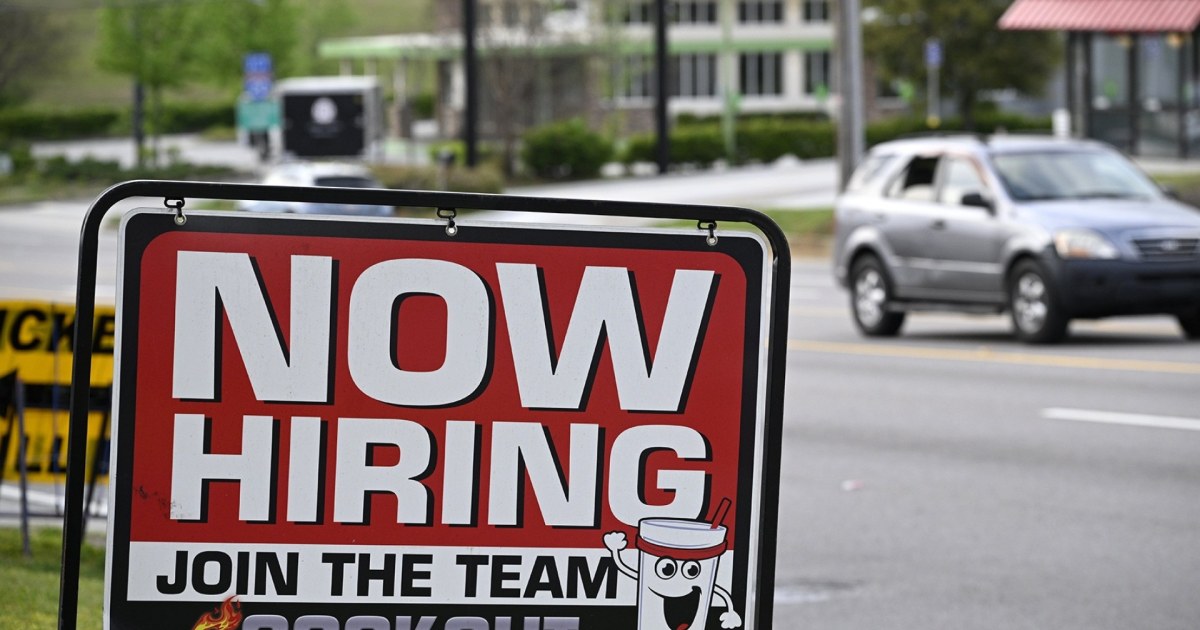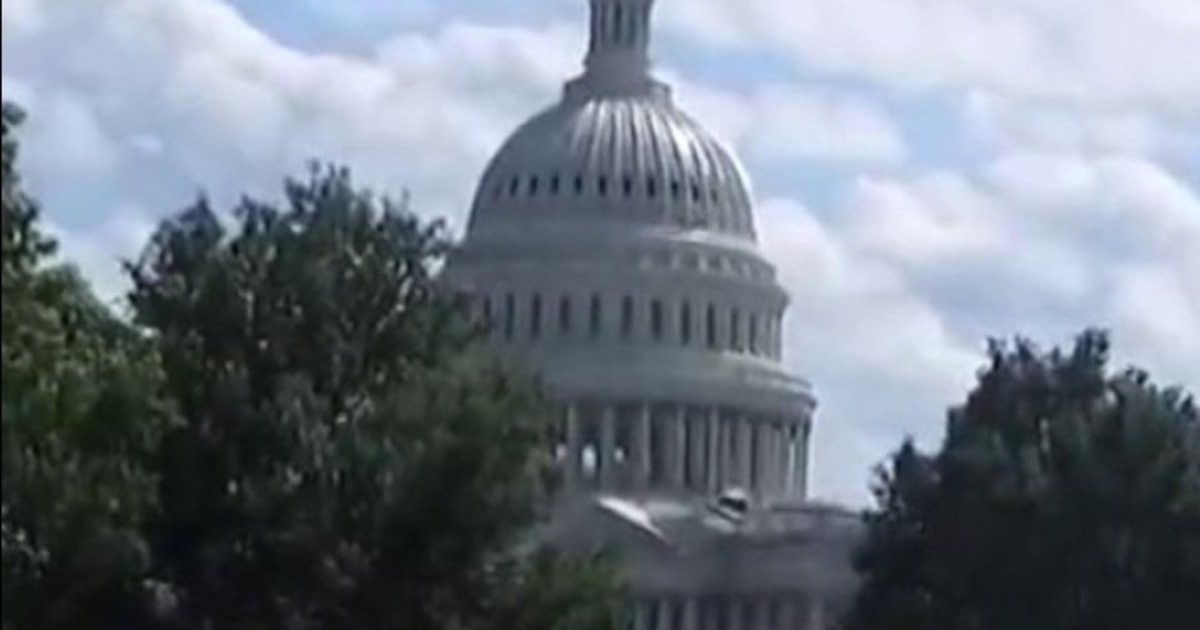For people who closely follow the U.S. economy, the first Friday of every month is known as “jobs Friday,” when the Bureau of Labor Statistics releases the previous month’s employment report at precisely 8:30 a.m. ET.
Source link
Oct. 3, 2025, 5:00 AM EDTBy Steve KopackFor people who closely follow the U.S. economy, the first Friday of every month is known as “jobs Friday,” when the Bureau of Labor Statistics releases the previous month’s employment report at precisely 8:30 a.m. ET. But on this jobs Friday, September’s employment data — a critical window into the health of the U.S. labor market — will not be released.Like many other federal offices, the BLS is temporarily closed because of the ongoing government shutdown. Until Congress approves its funding, the bureau’s more than 2,000 employees will remain furloughed, unable to release any reports.The data blackout comes at a perilous time for the U.S. economy. The unemployment rate has steadily ticked up this year, from a seasonally adjusted 4% in January to 4.3% in August. On Wednesday, new private-sector employment data released by payroll processing giant ADP showed a net loss of 32,000 jobs in September. Economists had expected a gain of around 45,000 jobs. The surprise loss of private-sector jobs only served to compound the value a Friday jobs report could have provided to policymakers and businesses as they try to make sense of the rapid shifts underway in the labor market.Federal Reserve officials are also considering next steps for interest rates.When the Fed cut borrowing costs last month, Chairman Jerome Powell warned that the overall economic picture was so unusual that central bankers were having a hard time forecasting what would come next. “Ordinarily, when the labor market is weak, inflation is low, and when the labor market is really strong, that’s when you’ve got to be careful about inflation,” Powell said at a mid-September news conference in Washington. Then, as now, the labor market was showing signs of weakness even as inflation crept up.As a result of those dueling forces, “there’s no risk-free path” ahead for the Fed, Powell said. “It’s quite a difficult situation for policymakers.”Fed cuts interest rates, citing ‘risks’ to jobs market01:44Now, the Fed could be forced to make another decision on rates this month without the benefit of key federal data.And it’s not just the jobs report that could go on hiatus.If the shutdown drags on past the middle of October, it could also delay the monthly BLS-produced Consumer Price Index and Producer Price Index reports. BLS data on import prices is also expected that week.“Assuming the shutdown is over within a couple of weeks, there should still be plenty of time” for the Fed’s interest rate-setting committee to evaluate September’s jobs data before it meets again at the end of the month, analysts at JPMorgan Chase wrote Thursday.However, “if there is no employment report, then we expect them to focus on available indicators, including ADP, consumer confidence, jobless claims, and other private-sector measures of employment, job openings, and announced job cuts,” the JPMorgan analysts wrote.The Federal Reserve did not immediately reply to a request for comment Thursday about what impact delayed data might have on its upcoming deliberations.The September jobs report is most likely already in its “final draft” form, former BLS Commissioner William Beach wrote in a blog post this week.“Usually, BLS staff present the final draft of the jobs report to the commissioner on Wednesday preceding the Friday publication,” Beach wrote for Fiscal Lab on Capitol Hill, an independent research center that provides economic data to Congress. The final draft allows the BLS commissioner to brief major stakeholders on the day before each jobs Friday, including members of the Federal Reserve board and top White House officials. “The president and his economic team only see the data the day before publication,” Beach wrote. “So, if there is no publication on Friday,” the administration does not get a preview of it on Thursday.Even if the shutdown is resolved in the coming days, it’s still not certain when top officials and the public should expect to see September’s jobs report.In 2013, it took four days after federal agencies reopened following a 17-day government shutdown for BLS to release the previous month’s jobs data. The monthly Consumer Price Index data was not released for more than a week after the shutdown was over. That year, the Fed’s two-day October meeting began with officials still lacking the previous month’s key inflation data. It was only on the second day of the meeting that officials were finally able to review the inflation report, just hours before they announced their interest rate decision. The Federal Reserve building in Washington.Al Drago / Bloomberg via Getty ImagesFurther complicating matters for the Fed is that any shutdown creates additional uncertainty of its own in the economy, as thousands of federal workers’ paychecks are delayed and government services are severely restricted.Still, a government shutdown alone is unlikely to be enough to shift the Fed’s thinking on interest rates. Most economists believe that the current shutdown’s economic impact will be minimal and that any dent to growth will be made up in the coming months.Fed policymakers already face a formidable challenge: predicting how President Donald Trump’s unprecedented, and rapidly evolving, economic policies will affect the labor market and inflation.“With all this change, a dense fog has fallen,” Richmond, Virginia, Fed President Tom Barkin said in March in a lecture at Washington and Lee University in Lexington, Virginia. At the time, Trump had been in office for less than two months and had already set about reversing his predecessor’s economic legacy.“It’s not an everyday ‘forecasting is hard’ type of fog,” Barkin said. “It’s a ‘zero visibility, pull over and turn on your hazards’ type of fog.” Six months later, some of that fog appears to have lifted. But as Powell suggested, it is still difficult for the Fed to see what’s coming next. Steve KopackSteve Kopack is a senior reporter at NBC News covering business and the economy.




